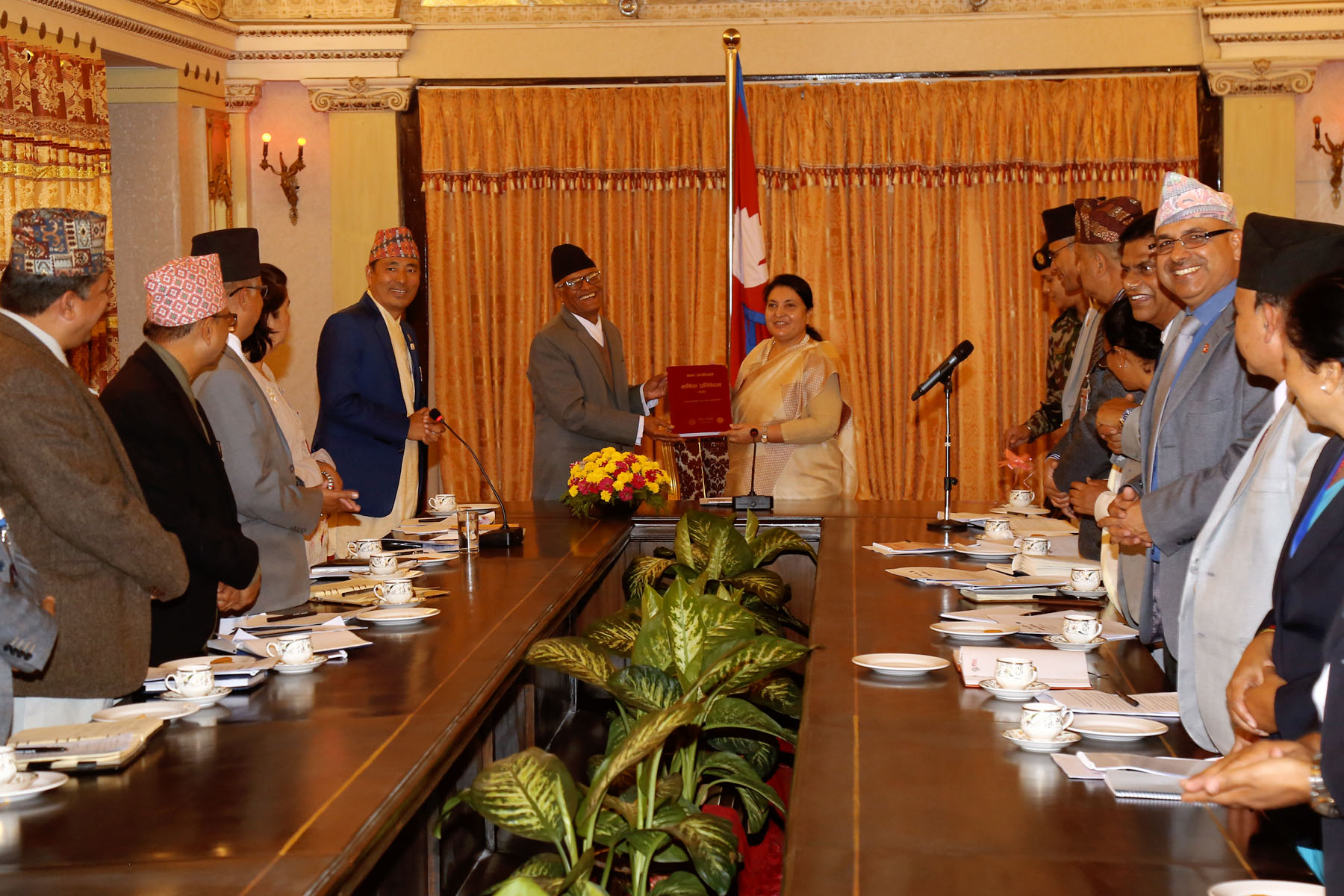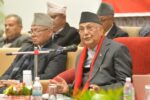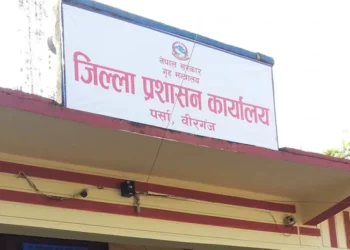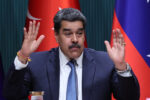KATHMANDU: The new six languages have been added to the list of 123 languages spoken in Nepal.
The newly discovered languages spoken in Nepal include Rana Tharu, Nar Phu, Chum (Syaar) and Nubri (Larke), Poike and Serake (Seke).
They are spoken in Kanchanpur, Manang, Gorkha, Dolpa, and Mustang respectively.
Similarly, Chum (Syaar) and Nubri(Larke) are spoken in the Gorkha district. With the new six languages, the number of languages spoken in Nepal has reached 129.
Most of the languages spoken in Nepal exist in oral form.
The annual report the Language Commission of Nepal submitted to President Bidhya Bhandari has formally recognized these languages and enlisted them.
Dr. Lava Dev Awasthi, the Chairperson of Language Commission submitted the annual report to President in her Office at SheetalNiwas last Monday.
Prior to it, the national census 2068 had enlisted 123 languages as the languages spoken in Nepal. The list then had grouped 68 languages of the Sino-Tibetan family, 48 languages of Indo-European family and one each with (Uraon- Kudukh) of Dravidian family, Austroasiatic family (Santhali) and a language with anonymous identity (Kusunda) as in different language families.
Dr. Awasthi confessed that there are lapses in the way linguistic researches should have been carried out to function as per the spirit of the Constitution of Nepal, however, he added that a group of linguist is working on the languages spoken in all seven provinces of the country.
The final report to be prepared by the Commission is expected to identify the potential of a particular language in the specific province. The tenure of the Commission is going to expire in two years.
Few languages at stake
There are 19 languages with more than 100,000 speakers. This consists of 95.91% of the total population. Among other languages spoken by the rest of the population 24 languages like Dura, Kusunda, Tilunga have a small number of speakers which has ultimately led them on the verge of extinction.
Pali, Sanskrit and Bhot languages regarded as the pillars of oriental philosophy and civilization are at stake. The code languages of Nepal are also on the verge of extinction.
Various researches carried out by the Commission and other institutions show that most of the languages including Nepali, the national language and other languages are growing fragile for various reasons.
The report blames excessive craze for English, colonial mindset and the illusions generated by the global market substituting the local one for endangering glorious linguistic diversity and multicultural lifestyle of Nepal.
Indicating Nepal is hastening to the linguistic collapse, the report has tried to draw the attention of the government of Nepal and Nepali society to act instant action.
To facilitate its activities the commission has prepared the list of experts of 101 languages. It has prepared the expert list of 50 organizations of 44 languages and 270 experts of 93 languages.
The Commission has suggested to form a High-Level Linguistic Policy Determination Committee and assign it the task of coordinating and facilitating various activities related to the constitutional and other legal provisions related to language.








Comment